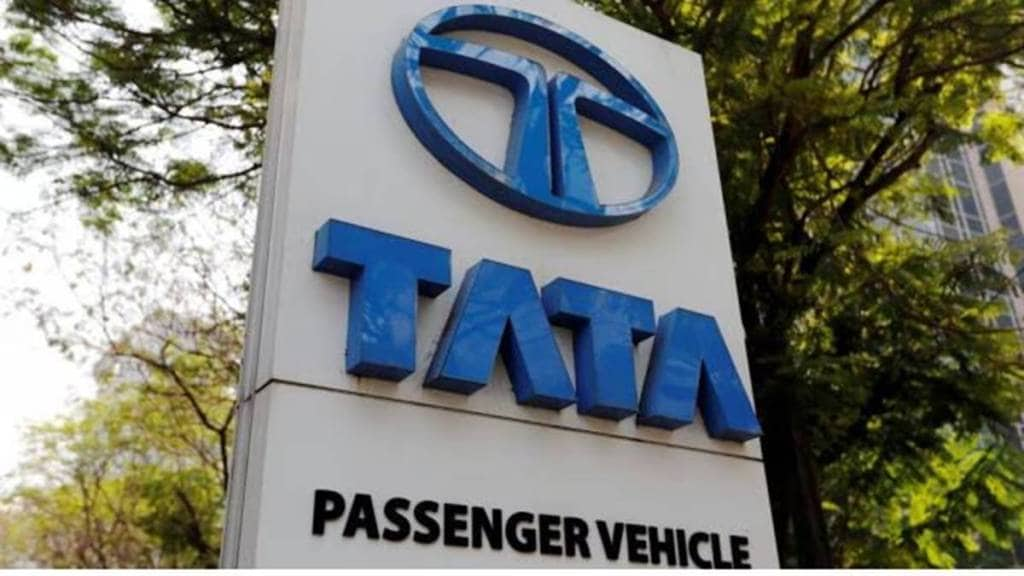The Tata Motors demerger becomes effective on October 1. As the company is looking to optimise business synergies, analysts are worried about the performance of Jaguar and Land Rover (JLR) in the near term. Several brokerage houses have downgraded ratings on the stock due to muted growth prospects.
Nuvama on Tata Motors: JLR still slacks
The GST rate cuts may help improve the growth outlook for the Indian passenger vehicles (PV) and commercial vehicles (CV), but Nuvama Institutional Equities raised concerns about the outlook for JLR. The brokerage house sees the near-term challenges for the business across Europe, China, and the US. JLR will be resuming production in a phased manner after the recent cyberattack.
The silver lining, according to Nuvama, is Tata Motors’ PV business. It has a 45% top-line share from CNG and EVs and expects further pickup. This, they believe, can help in complying with the upcoming CAFE-3 norms.
The recently acquired Iveco (ex-defence) buyout is likely to be completed by April 2026, which is to be EPS accretive initially, and should become meaningfully accretive in the next two years. Furthermore, the separate listing of PV and CV businesses is likely in October 2025 and November 2025, led by regulatory approvals.
However, due to muted growth prospects in JLR, Nuvama maintained its ‘Reduce’ rating with a target price of Rs 680, implying a downside of 3.8% for the share price of Tata Motors.
Motilal Oswal on Tata Motors: No new triggers for upgrade
Motilal Oswal maintained its ‘Neutral’ rating on Tata Motors as it stated that there’s no new trigger for an upgrade. The brokerage house kept the target price unchanged at Rs 686, implying an upside of mere 2%.
At the JLR front, the cyberattack incident has disrupted production for most of September 2025. While JLR has now indicated a phased resumption of production, it is likely to take some time for production to return to normalcy. JLR is facing several headwinds, which include tariff-led slowdown in US exports, demand weakness in Europe and China. Plus, the rising Variable Marketing Expense (VME), along with warranty and emission costs, are affecting Tata Motors.
The demerger process is on track, with the effective date of October 01, 2025. After the completion of all formalities, its PV entity is likely to get listed first, followed by the CV entity. The company’s India PV segment is witnessing a pickup in demand after GST rate cuts, and management expects the segment to post 8-10% growth in the second half of FY26.
Moreover, Tata Motors expects to outperform the overall domestic PV segment on the back of its new model launches, leadership in the compact SUV segment, and rising demand for its EV and CNG variants. In CVs, management expects demand to pick up in the second half, backed by increased consumption and improving profitability of fleet operators.

